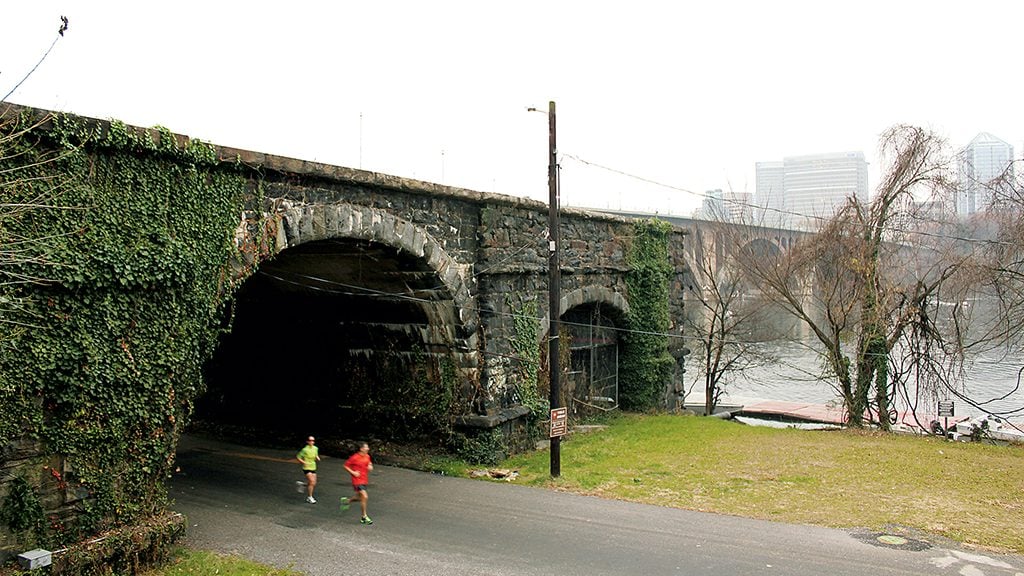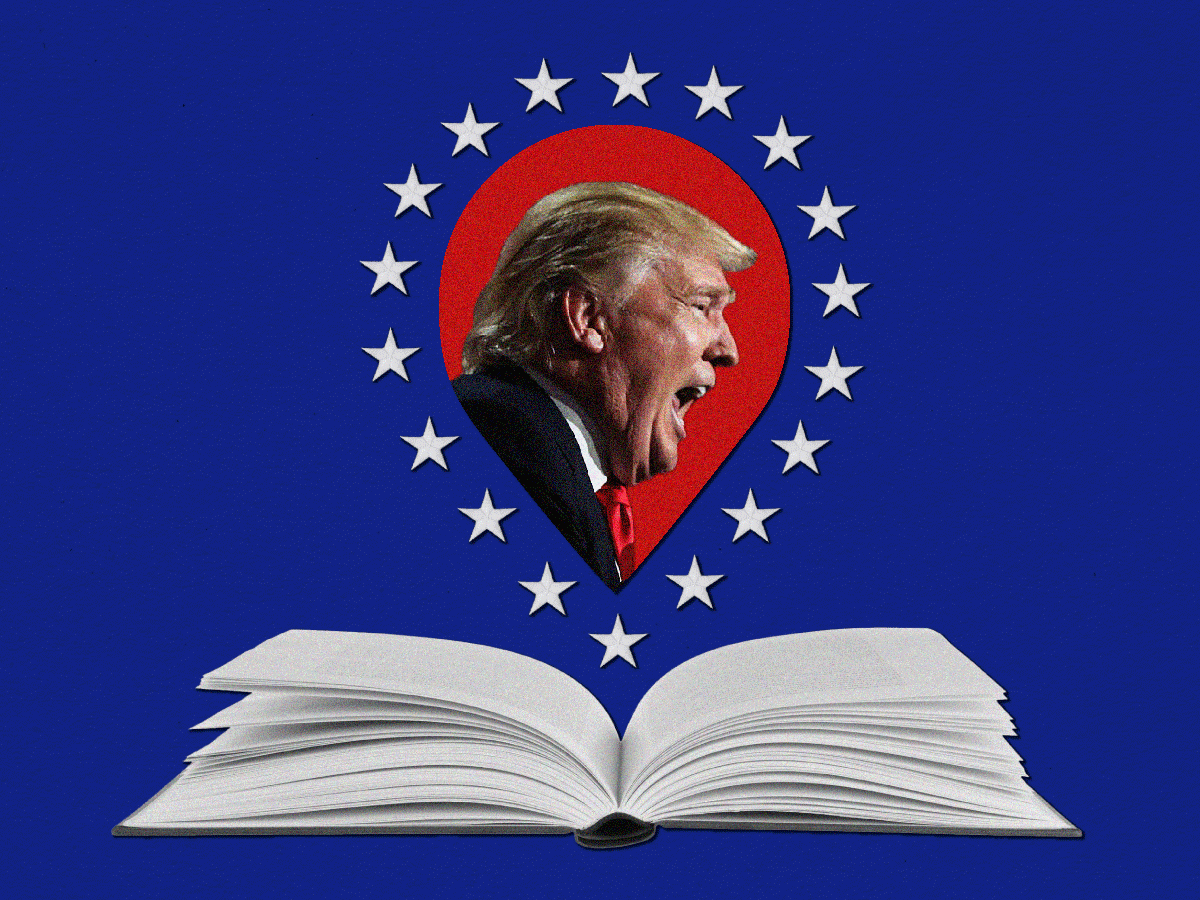The Washington Aqueduct might seem an unlikely political football—the system of tunnels, bridges, and reservoirs has mostly stayed out of the headlines for a century. But the news that President Trump hopes to sell the aqueduct, which pumps water to households in DC and several Virginia communities, returns it to its origins as a source of free-flowing intrigue.
It started with Montgomery Cunningham Meigs, who joined the Army Corps of Engineers out of West Point and in 1852 was assigned to a huge problem: A fire had engulfed much of the Capitol, forcing Congress to look seriously at the city’s inadequate water supply. Meigs met the challenge with a 55-page document that left Congress in awe. “Let our Aqueduct be worthy of the Nation,” he wrote, proposing a system of reservoirs, culverts, and distributing mains that almost all still function.
From the outset, Meigs was confronted by politics—lapses in funding from Congress, due not to ineptitude but to direct opposition. According to Harry C. Ways, author of The Washington Aqueduct 1852–1992, Congressman Richard Stanton of Kentucky became Meigs’s “particular nemesis,” accusing him of countless improprieties.
But Meigs’s problems really began after President James Buchanan appointed John B. Floyd Secretary of War in 1857. Floyd, a pork-barrel politician, sought to dispense with government aqueduct workers so he could dole out jobs to friends and allies. In 1860, Floyd effectively banished Meigs to Florida’s Dry Tortugas to assume command of Fort Jefferson while the government investigated his stewardship of the aqueduct. The inquest found no misconduct, and the Florida trip, ironically, elevated Meigs’s career—he used his time there to learn about Southern secessionism and to strategize on saving the Union. He was named quartermaster general on his return, charged with bringing order to the Union Army’s logistics problems. Some historians credit him with winning the Civil War.
Though the aqueduct was no longer his to handle, Meigs spent time advocating for two proposals to solve water pressure and quality issues: raising the dam’s height and building the Washington City Tunnel. By the early 20th century, the aqueduct was so reliable that it lost most of its power to stir controversy.
The coming few years, though, might change this. The proposed sale, part of the administration’s plan to privatize infrastructure services, could introduce new players and provide chances for finger-pointing if rates go up or service goes south. These days, Meigs’s name can still be spotted on various DC bridges. Whether it’ll be joined by a new corporate logo remains unclear.
This article appears in the September 2017 issue of Washingtonian.




















